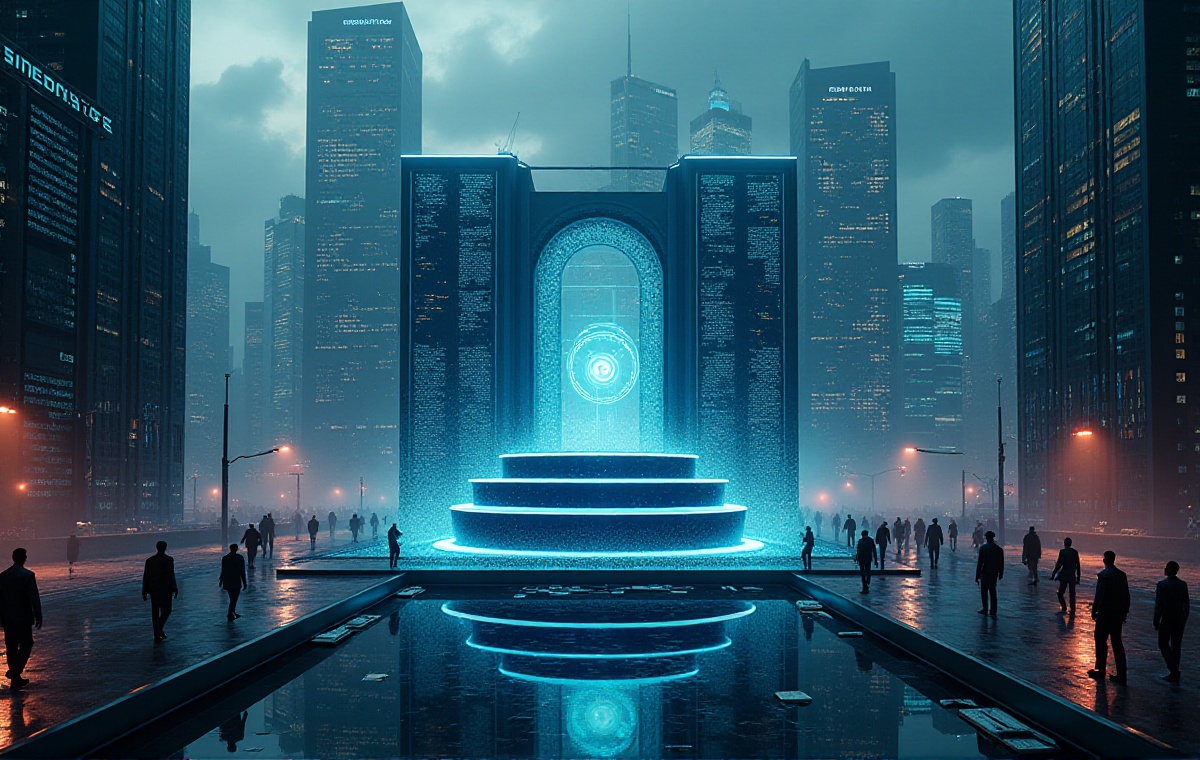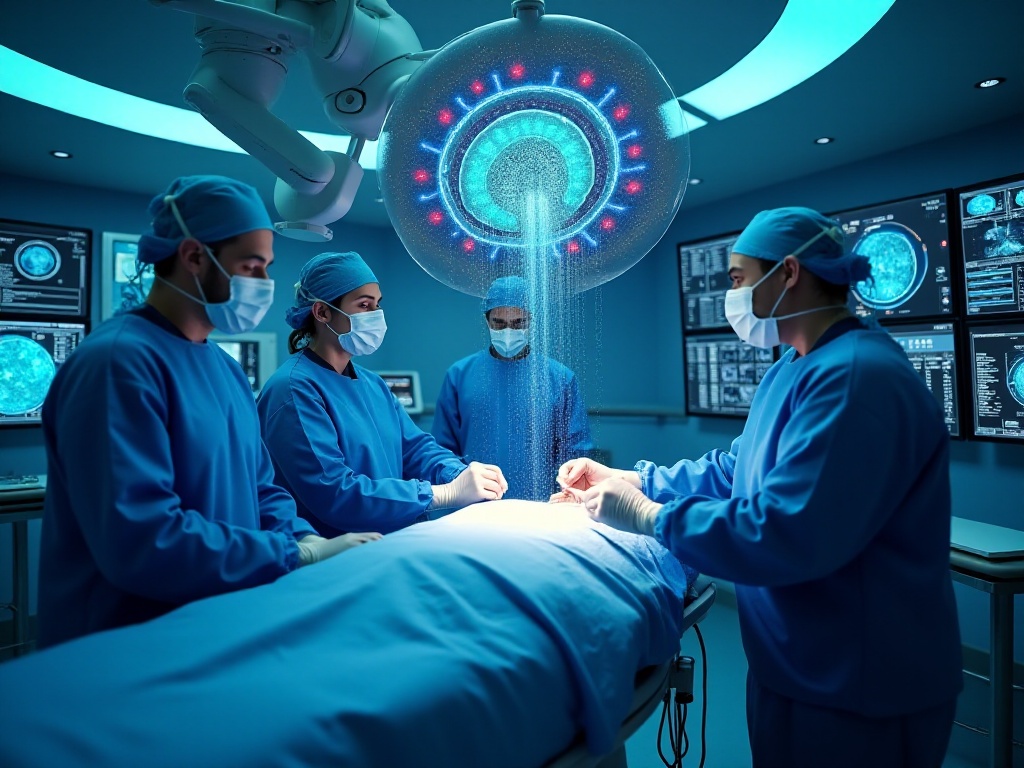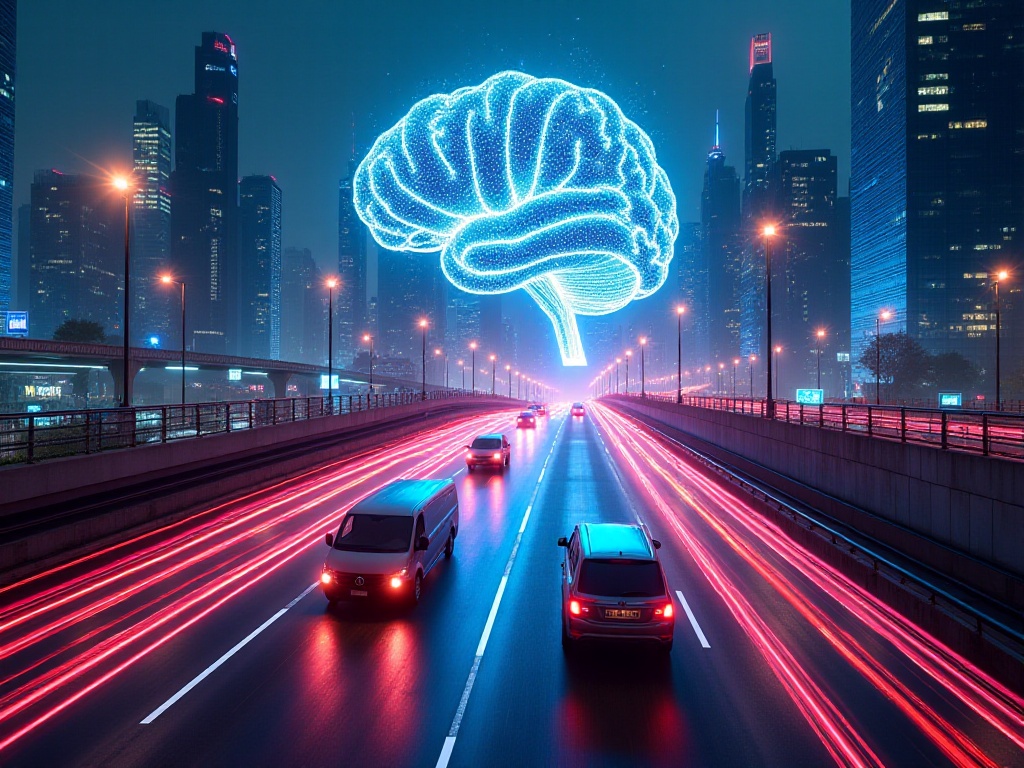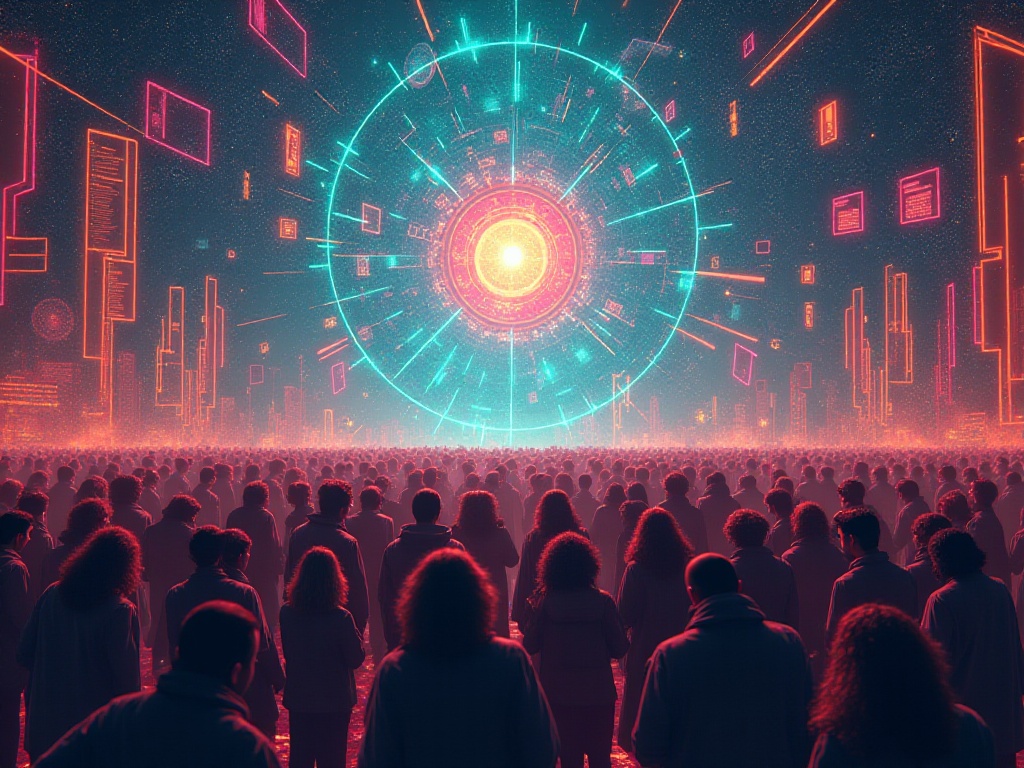Opening
Hello friends! I've received many messages from readers asking about my views on AI in healthcare. As a doctor who has worked in a top-tier hospital for several years, I'd like to share my personal experience with the AI healthcare revolution. The changes over the past year have been truly remarkable, feeling like we're in the midst of a technological revolution.
First Encounter with AI
I remember this time last year when I was highly skeptical of AI. Whenever I heard terms like "AI doctor" or "intelligent diagnosis," I dismissed them as mere marketing buzzwords riding another tech wave. Looking back now, it's quite emotional to reflect on. I was like those people at the beginning of the internet era, stubbornly saying "traditional mail is more reliable" when faced with email.
I recall when our department head first proposed introducing an AI system, we frontline doctors were all hesitant. After all, we viewed medical work as an extremely professional and serious field requiring years of clinical experience - how could a cold machine replace that? I even argued strongly in department meetings, believing such attempts might affect normal diagnostic work.
To be honest, those concerns weren't entirely unreasonable. We all know that every decision in healthcare affects patients' lives and safety, leaving no room for error. As clinical doctors, we deeply understand that each case is unique, with symptoms and disease progression varying by individual - could AI really handle such complexity?
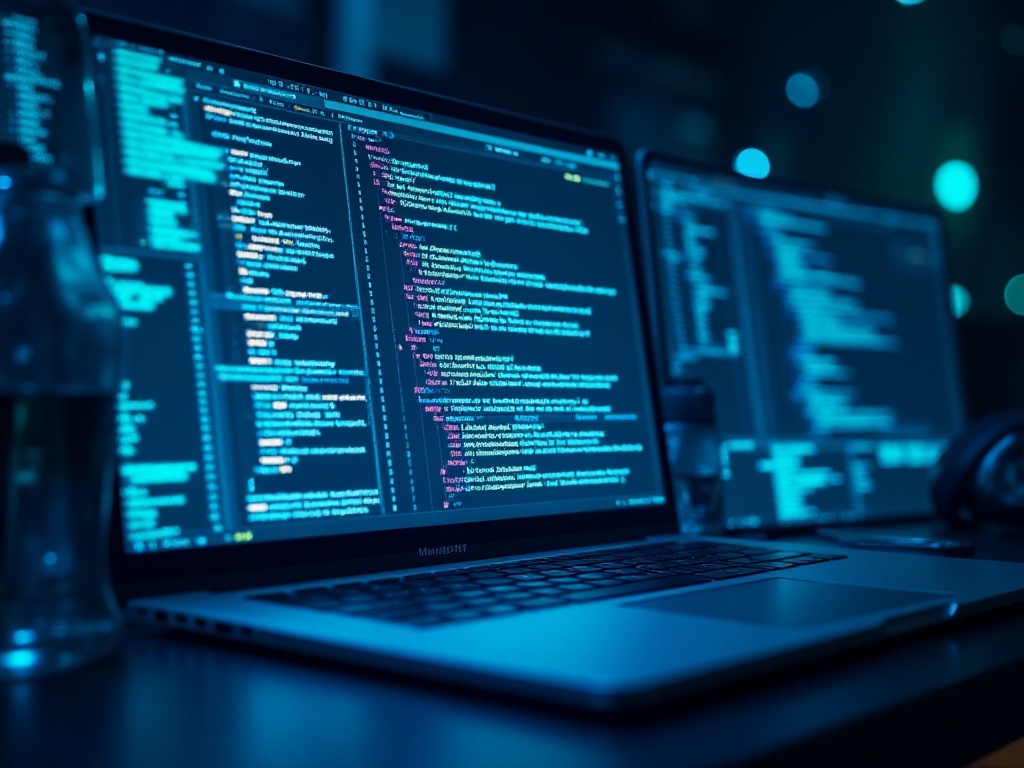
Turning Point
The turning point came last summer. Our hospital had introduced an AI-assisted diagnostic system. I was dismissive at first, considering it just a fancy toy. Until one night shift, when a CT scan from an emergency patient stumped me.
It was a 3 AM emergency case with complex symptoms. While I was repeatedly studying the scans, the AI system highlighted a subtle lesion I had almost missed. This discovery ultimately influenced the entire treatment plan and saved the patient. This incident left a deep impression on me, as it was my first real experience of AI's practical value in healthcare.
I remember that day very clearly. The patient was a 45-year-old male brought to emergency with sudden severe chest pain. Routine examinations showed no obvious ECG abnormalities, and cardiac enzymes were within normal range. Following typical reasoning, one might easily attribute this to intercostal neuralgia or gastric issues.
However, the AI system analyzing the chest CT marked early signs of aortic dissection. This discovery completely changed the treatment direction. Aortic dissection, as we know, is an acute condition with extremely high mortality if not caught and treated promptly. After confirming the AI's judgment, we immediately initiated emergency protocols, and the patient was rushed to surgery, successfully saving his life.
This case deeply affected me. It made me realize that AI isn't here to replace doctors but can be our capable assistant. Its value is particularly evident in scenarios requiring rapid processing of large amounts of information or where human eye fatigue might be a factor.
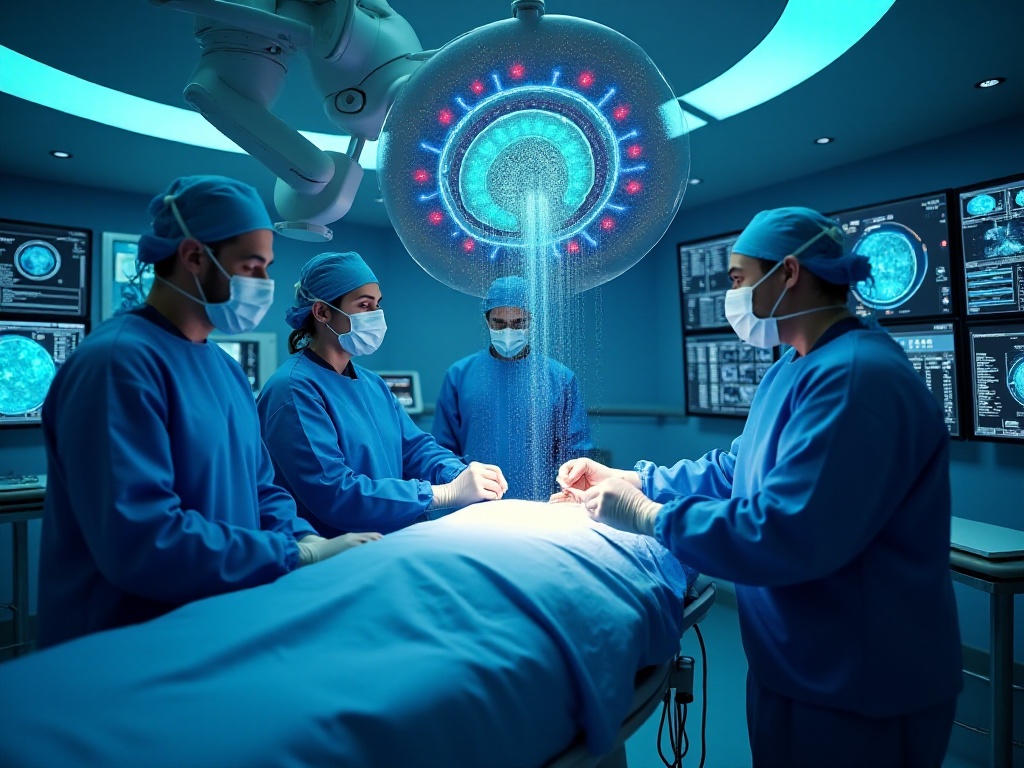
Deep Implementation
After this incident, I began seriously studying AI applications in healthcare. Now my daily work relies on these intelligent assistants. As I've used them more extensively, I've discovered AI's applications in healthcare are far broader and deeper than imagined.
In medical imaging recognition, AI systems can complete preliminary analysis of CT and MRI scans in seconds. According to recent data, AI accuracy in lung nodule detection has reached over 95%. In our hospital's practice, introducing AI-assisted diagnostic systems has reduced imaging report turnaround time by an average of 40%. This not only improves work efficiency but more importantly enhances diagnostic accuracy.
For instance, in our department, the AI system automatically pre-screens all images and marks suspicious areas. This helps avoid oversights due to eye fatigue and helps young doctors quickly gain experience. Once, a resident learned to identify early lung cancer imaging characteristics by comparing AI annotations.
For medical record writing, what used to take considerable time can now be done with 60% greater efficiency using AI voice recognition and natural language processing. Last month's statistics showed I could see 5-6 more patients daily. This significantly helps alleviate the strain on medical resources.
Particularly noteworthy is AI's application in clinical decision support. The system provides treatment suggestions based on patient examination results and medical history. These suggestions often offer doctors new perspectives, especially for difficult cases.
For example, last winter I encountered a patient with recurring fever showing no obvious abnormalities in routine tests. The AI system, analyzing various indicators and symptoms, suggested an autoimmune disease. This prompted us to conduct further immunological tests, ultimately diagnosing systemic lupus erythematosus.
Regarding medication, AI systems play a crucial role. They quickly check drug interactions, warn of possible contraindications, particularly useful for elderly patients on multiple medications. The system also provides personalized medication recommendations based on factors like age, weight, and liver/kidney function.
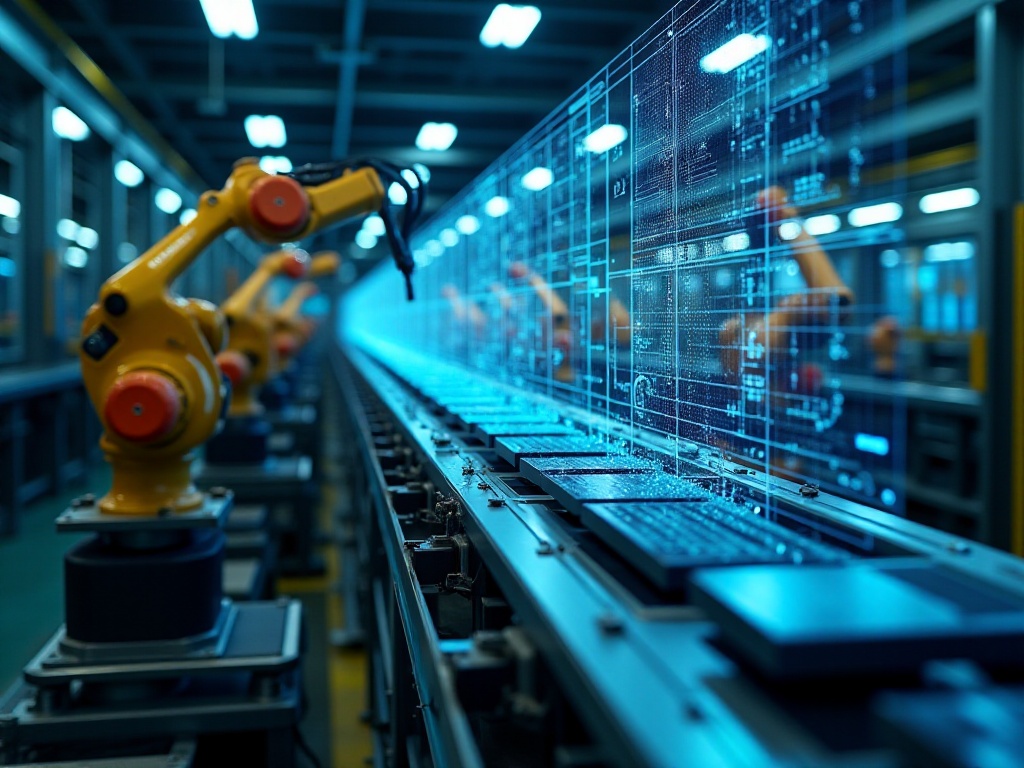
Practical Insights
Truthfully, AI hasn't replaced doctors' work but allows me to focus more on aspects requiring medical professional judgment. For instance, I can now spend more time communicating with patients, understanding their specific situations and needs. This face-to-face interaction is precisely what AI cannot replace.
In daily work, I've developed a method of collaborating with AI. First, I have the AI system conduct preliminary analysis of patient examination results, including laboratory and imaging tests. These analyses serve as important references for my treatment plans. However, final diagnostic and treatment decisions still rely on my professional judgment and clinical experience.
I remember once, a patient's CT showed multiple pulmonary nodules. The AI system gave a high malignancy risk score and recommended biopsy. However, considering the patient's age, occupational history, and other clinical presentations, I judged it more likely to be occupational lung changes. Subsequent follow-ups confirmed this judgment. This case shows that AI suggestions need to be weighed against specific circumstances.
You might ask if AI can misdiagnose? That's a good question. In practical application, we always maintain the principle of "AI assists, doctors decide." As I often tell young doctors: treat AI as a diligent assistant, not a complete dependency.
AI systems do make mistakes, especially with atypical cases. But this precisely demonstrates the importance of human-machine collaboration. A doctor's experience and intuition, combined with AI's efficiency and accuracy, achieve the best diagnostic results.
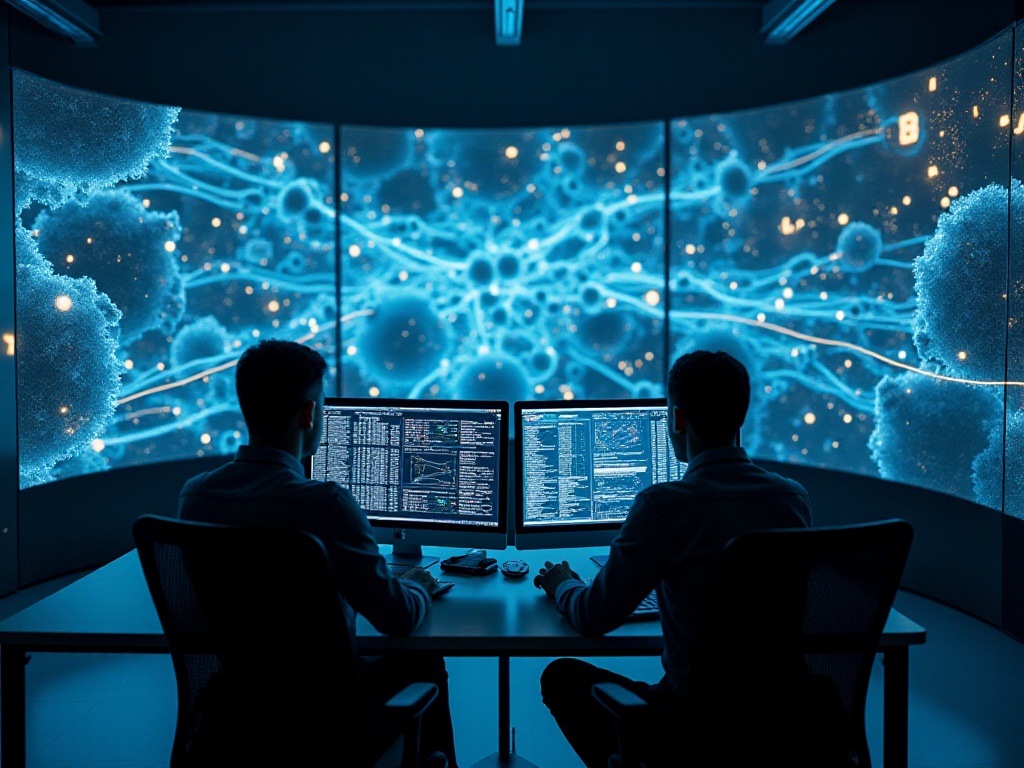
Future Outlook
Watching AI healthcare's rapid development, I often contemplate how the medical industry will evolve. Currently, specialist appointments at top hospitals are hard to get, but with AI technology development, perhaps future primary hospitals could provide comparable diagnostic levels.
I believe future medical scenarios might look like this: At primary hospitals, AI systems could help general practitioners handle most common disease diagnoses and treatments. For difficult cases, expert teams assisted by AI could provide consultation through telemedicine. This would improve medical resource utilization efficiency and allow more patients to access quality healthcare.
In research, AI's application prospects are even broader. Through analysis of massive medical data, AI can help discover new disease patterns, predict disease trends, and even assist in new drug development. Our department is involved in a project using AI to screen potential therapeutic targets, with very encouraging preliminary results.
According to latest industry reports, China's AI healthcare market is expected to exceed 100 billion yuan by 2026. This suggests we'll see more innovative applications emerge. However, I maintain that regardless of technological advancement, healthcare's essence remains people-centered.
AI development also brings new challenges, such as medical data security and AI decision interpretability. These issues need careful consideration and resolution as we advance AI healthcare. As frontline doctors, our role is to reasonably utilize AI technology while ensuring medical quality, making it truly serve patients.

Conclusion
This past year, I've transformed from an AI skeptic to an advocate. More importantly, this process has taught me that embracing new technology isn't about blind following, but about making it truly serve both medical staff and patients.
Through this year's practice, I've deeply realized that AI isn't here to replace doctors but to help us provide better healthcare services. It allows us to focus more on healthcare's essence - caring for patients, understanding them, and providing the most suitable treatment plans.
Looking ahead, I believe AI healthcare has even greater development potential. But regardless of technological advancement, the fundamental medical principle of compassionate care mustn't change. Our task is to make AI an effective assistant in realizing this principle.
What changes do you think AI will bring to healthcare? Please share your thoughts and experiences in the comments.

